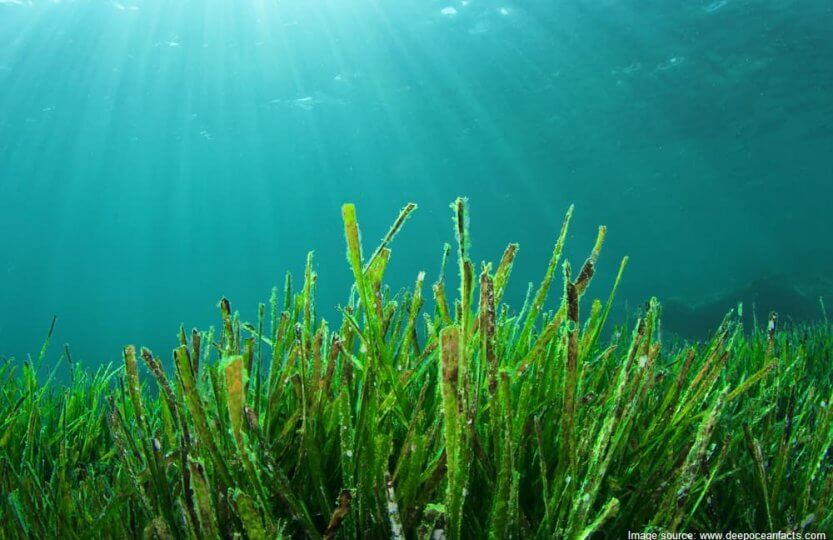
Effects of Blue Carbon on our marine ecosystem.
Share
Blue carbon refers to the carbon stored in coastal and marine ecosystems such as mangroves, seagrasses, and salt marshes. These ecosystems capture and store large amounts of carbon dioxide from the atmosphere, making them important tools for mitigating climate change. Here are some of the impacts of blue carbon:
-
Climate change mitigation: Blue carbon ecosystems have the potential to sequester large amounts of carbon from the atmosphere. Mangroves, for example, can store up to four times more carbon per hectare than tropical rainforests on land. Seagrasses and salt marshes are also highly effective carbon sinks. By conserving and restoring these ecosystems, we can reduce the amount of carbon dioxide in the atmosphere and slow down climate change.
-
Biodiversity conservation: Blue carbon ecosystems provide important habitat for a wide range of marine species, including fish, shellfish, and sea turtles. These ecosystems also help support the overall health of coastal ecosystems, including coral reefs and estuaries. By conserving and restoring blue carbon ecosystems, we can protect the biodiversity of our oceans and coasts.
-
Coastal protection: Blue carbon ecosystems act as natural buffers against storms, hurricanes, and other extreme weather events. Mangroves, for example, can reduce wave energy by up to 90%, helping to protect coastal communities from the impacts of climate change. By restoring and conserving these ecosystems, we can help reduce the vulnerability of coastal communities to extreme weather events.
-
Sustainable livelihoods: Many coastal communities rely on blue carbon ecosystems for their livelihoods, including fishing, aquaculture, and tourism. By conserving and restoring these ecosystems, we can support the sustainable use of coastal resources and help to maintain the economic well-being of these communities.
Overall, the impacts of blue carbon are far-reaching and encompass a range of environmental, social, and economic benefits. By investing in the conservation and restoration of these ecosystems, we can address some of the biggest challenges facing our planet today, including climate change, biodiversity loss, and coastal erosion

